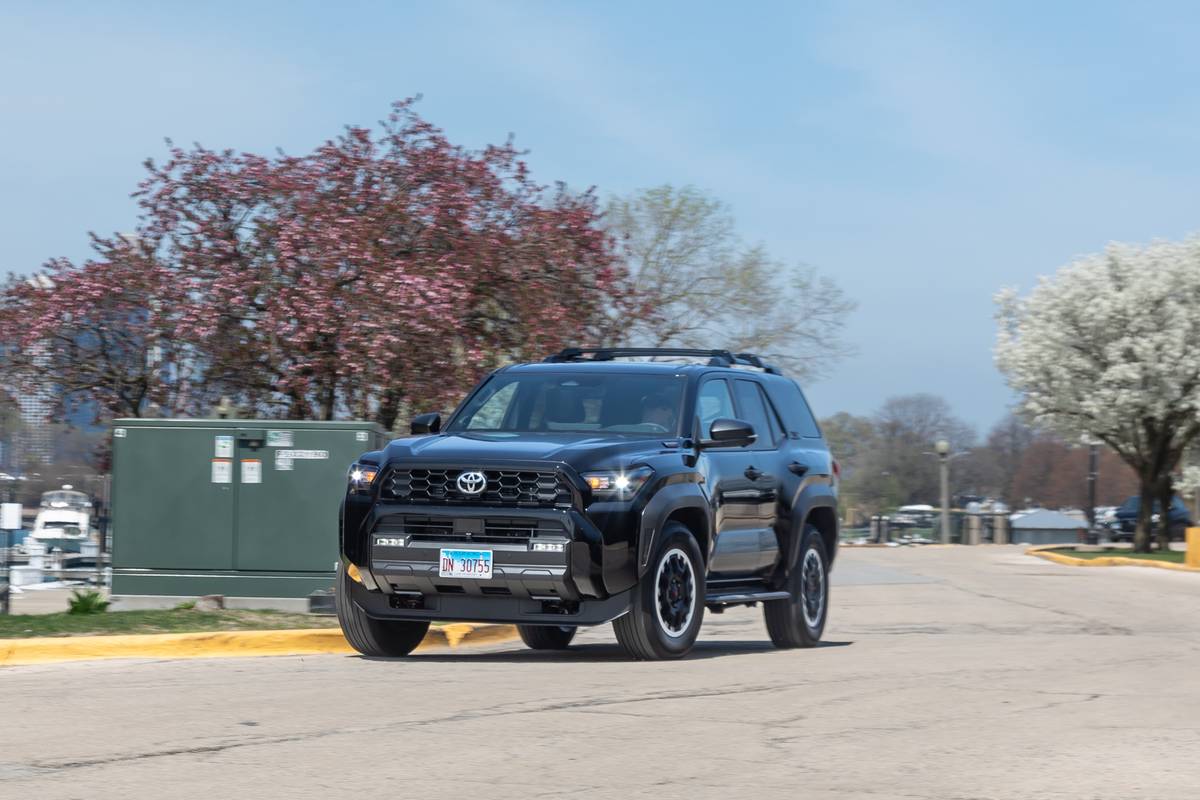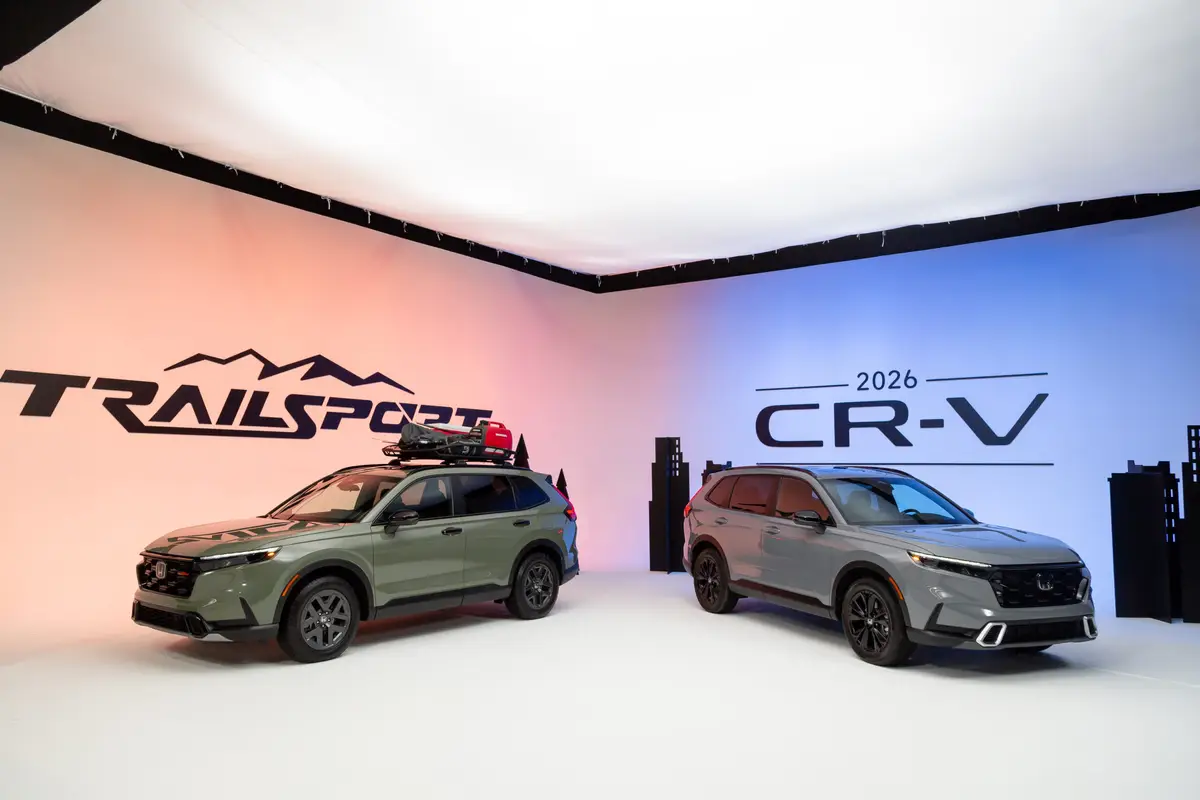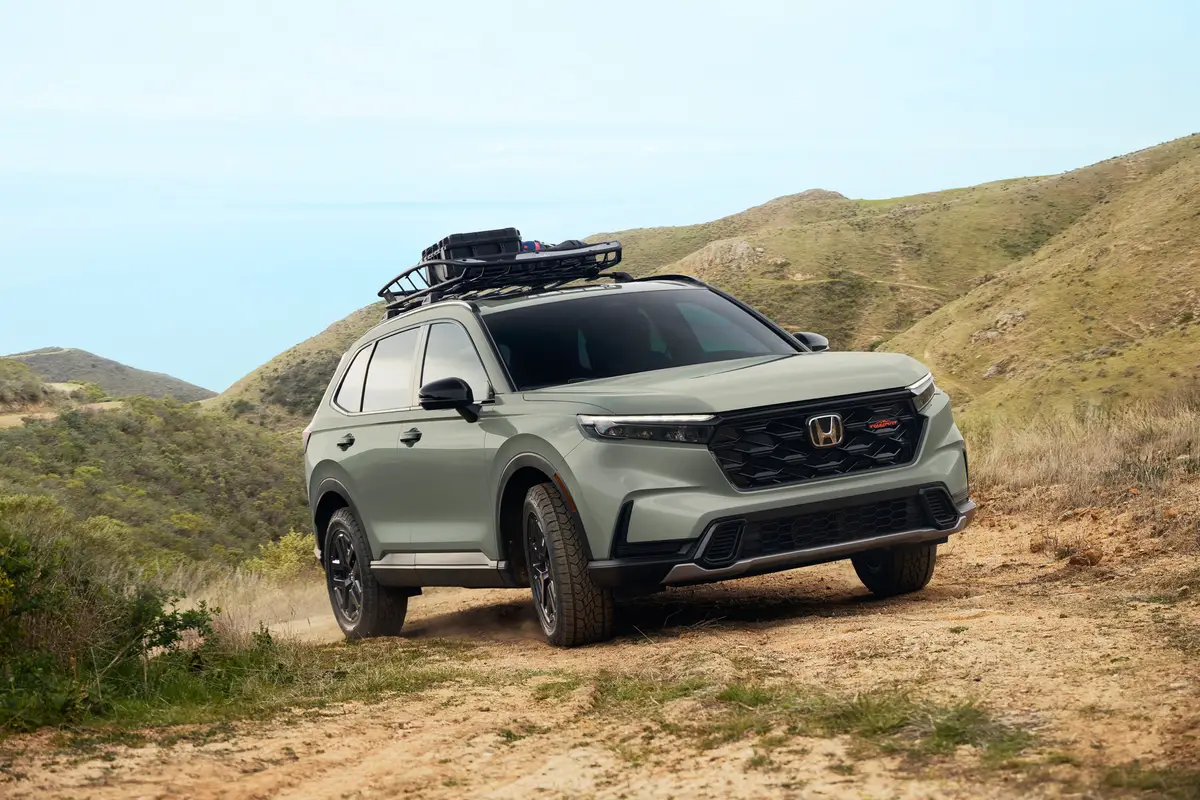washingtonpost.com's view
We spent an attentive week in the real world driving to work, shopping malls, banks, schools and medical offices. We also did spring cleaning, which meant hauling lots of wastefully purchased stuff to the dump.
“Attentive week” means we gave particular notice to what we were doing while not trying to do anything special, with the exception of remaining keenly aware of how we used the vehicle in question, the 2008 Chevrolet HHR SS Turbo wagon.
The idea was to see how automotive marketing and much of automotive journalism, at least that part of it related to product reviews, measure up to the reality of daily driving in a huge, perennially congested metropolitan area. Our verdict: They don’t.
That is an anecdotal judgment, as opposed to a scientific one. It is based on the experience of two people — me and my wife, Mary Anne — driving one compact, front-wheel-drive wagon in the Washington metropolitan area, mostly in Northern Virginia’s suburbs.
Our observations:
Horsepower is irrelevant in tightly congested traffic. Our turbocharged, 260-horsepower, front-wheel-drive HHR SS moved no faster than the lower-horsepower automobiles trapped with us. Vehicles easily surpassing the HHR SS in cost, status, power and engineering were equally trapped.
The HHR SS, a stylistic throwback to the 1949 Chevrolet Suburban, is nobody’s darling in tight curves, where it must be handled gently and with some forethought. But it does not matter, because there aren’t that many roads in the Washington area that allow drivers to safely “take curves” the way it’s done in TV commercials and on test tracks.
The HHR SS excels in its design-intent milieu — city-suburban schlepping. It’s the perfect commuter, big enough to carry five adults. With its rear seats down, forming a nearly flat load floor, the wagon can carry lots of junk, enough to fill 63 cubic feet. (If hauling is all you want to do, you can buy the HHR Panel — a two-seat urban delivery wagon with good fuel economy.)
Technology does not change wasteful human behavior. Consider the many drivers of fuel-efficient, gas-electric hybrid Toyota Prius automobiles who routinely exceed speed limits and engage in other behavior that defeats Prius engineering. Do they not know that the Prius saves nothing at highway speeds of 75 mph?
Unless your job is on a racetrack, zero-to-60-mph times are meaningless, assuming you are not interested in enriching the coffers of local municipalities. For proof, try this in the well-policed communities of either Arlington or Falls Church: Pull up to a red light or “Stop” sign. Rev your engine. Zoom from stop. There is a reasonable certainty you will be stopped by the local constabulary before you get too far, even if no law-enforcement officer sees you, even if no traffic camera nabs you.
How?
Many people in those communities don’t like scofflaws. Most of them have cellphones. Welcome to the electronic version of citizens’ arrest, which, in this case, involves irate fellow motorists using their cellphones to report your behavior to local or state police.
The bottom line: What we see in TV commercials and read in zoom-zoom product reviews is mostly fantasy. Some of us might have the wherewithal to buy a super-performance car. But hardly any of us driving in metropolitan America will have the opportunity to exploit its full potential.
That being the case, a four-cylinder wagon with a little get-up-and-go and a lot of personality would serve many of us just fine. If you agree, take a look at the HHR with or without the sporty SS trim.
Latest news



